3 Lures to Catch Late Summer Largemouth
“This is the best time of year to go fishing for largemouth bass!” is how professional bass angler Andrew Upshaw describes late summer. Exhausting heat, high humidity, and beads of sweat sliding down your face is the best time of year to go fishing?
Upshaw exclaims, “There are so many ways to catch big fish!” To be clear, he’s talking about when water temperatures are nearing 90 degrees. And he knows heat: he cut his teeth in the fishing world on Texas and Oklahoma fisheries that see water temperatures in the 90’s. “A lot of people won’t go out during the day, and that’s great because they leave more fish for me! There are just a ton of ways to catch them right now.”
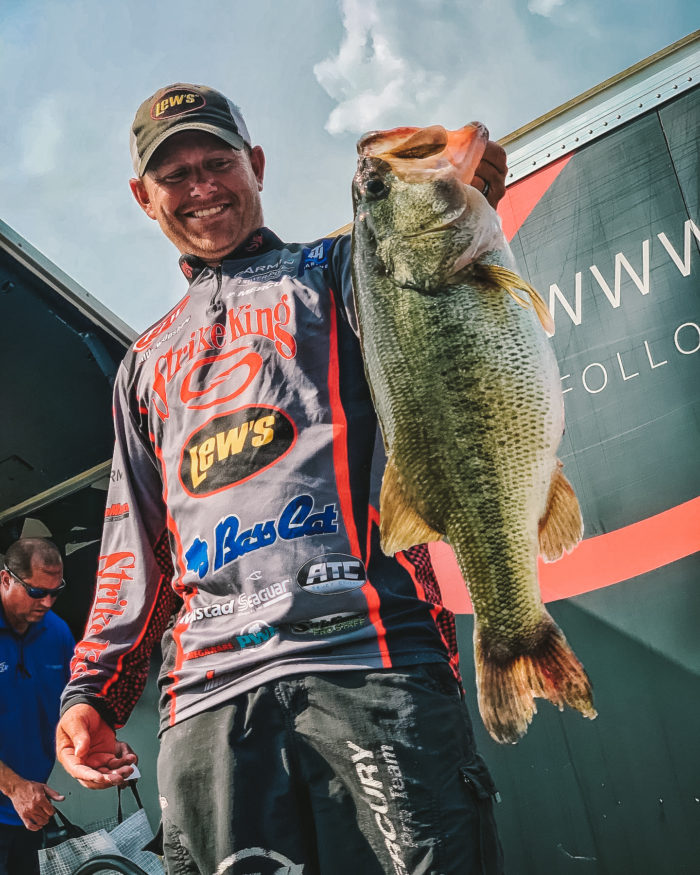
Finding Late Summer Largemouth Bass
“When the water reaches the upper 80’s, it’s getting ready to turnover (the process of the lake’s water turning over from top to bottom),” Upshaw reveals. “As a result, largemouth will be suspended and school. The key is finding the shad. Find shad = Find Bass!”
Upshaw relies heavily on his Garmin Livescope graphs, but readily admits that this technology is not always necessary, “Birds are a giveaway. Bass are chasing shad, but so are the birds. So, wherever gulls and terns are hovering, shad is close by too. Herons on shore are also a giveaway.” He uses his eyes to look for bait activity on the surface, and calm days, the hottest days, are the best days to look for this.
“Depth is irrelevant,” he insists. “They may be suspended over 100 feet of water, but only 5 feet under the surface, or 20 feet. When they get this way, they are totally nomadic, constantly roaming.”
He begins his search on main lake creek channels and flats adjacent to them. Finding isolated structures is also key. “The fish are going to be in the top half of the water column, but they hang over isolated stumps, logs, and rock on the bottom.”
Below are Upshaw’s Top 3 lures and techniques when the sun keeps most of us chasing air conditioning.
Late Summer Largemouth Lures
“I can cast this bait to any depth and it’s the easiest bait to throw!” Ghost Shad is his favorite color, but will match the lure to the prevalent bait. He tries to match the size to the bait, but the 3.25-inch version is where he begins. “I never use one bigger than the 3.75-inch model.”
“All you gotta do is make a long cast and reel it back with a slow or medium speed. That’s it!”
In depth less than 5 feet, he connects it to a 1/16-ounce Strike King Squadron Swimbait Head. The open hook increases hookups, and since he is not casting at structure, there is no concern of snagging. In depths between 5-10 feet, he ties on a ¼ ounce. Deeper than that, he uses a ⅜ ounce.
Tackle for a Swimbait
Upshaw ties his swimbaits to 12-pound Strike King Tour Grade Fluorocarbon. He opts for a 7’3” Medium Heavy Lew’s Magnum Heavy rod with a 7.1 gear ratio Lew’s HyperMag reel. “The combination of these allows for really long casts and control over the fish once it hits. The 7.1 gear ratio allows me to keep a slow retrieve, but to take control once the fish is hooked.”
This is a 10-inch worm.
“The hotter the water gets, the more important brush piles become to the bass,” explains Upshaw. “Often this is the only shade they can find, but bass are not the only creatures using it – the shad will too.”
Keep in mind that bass will most likely be suspended. “Think of how sharks circle prey. That’s what big bass do around the brush piles, so I cast to the outside edges of the brush. I’ll only cast into the brush pile if I’m convinced there’s a bass around but can’t get bit on the outside edges.”
He warns, “It’s important to deadstick this bait. Too much action will spook the fish away. One cast with this worm lasts 3 or more minutes. It’s a very slow drag back.”
Tackle for Big Worms
“In most situations, I use a ⅜ ounce Strike King Tungsten worm weight with a 5/0 offset shank worm hook.” He uses the same Lew’s HyperMag reel but switches to a 7’ medium heavy Lew’s Magnum Bass Rod 1. He beefs up the Strike King Tour Grade Fluorocarbon to 17 pound test.
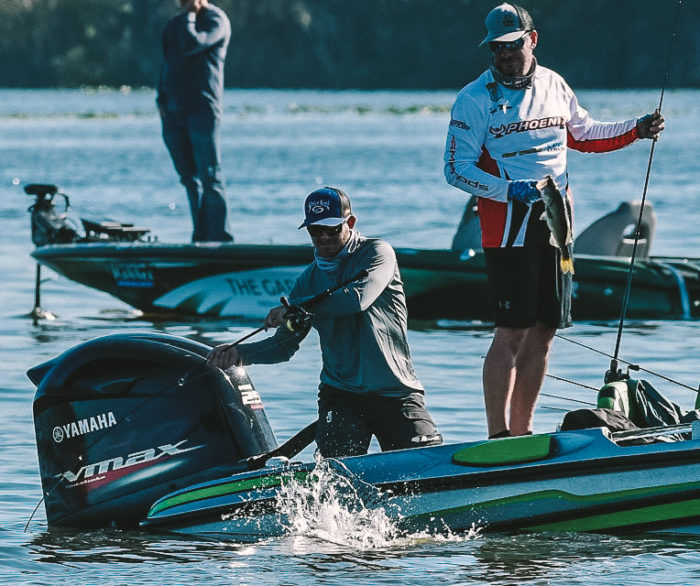
Bluegill, aka bream, will spawn all summer. Upshaw confirms, “Any time there’s a full moon, bream beds will pop up on the main lake, and they become a big part of the largemouth’s diet. As the season gets later, but more dependable this pattern becomes. When this happens, the prop bait is perfect.”
This is entirely a mainlake deal, and looks for these beds on mainlake flat pockets and drains, plus sandy banks. “Sand will always hold bream beds.”
Upshaw takes an aggressive approach, “I’m covering lots of water to find as many beds as possible. This means my trolling motor is on high. Most of the time, you can see them with your eyes, but it requires a good pair of sunglasses. I use the Strike King Cumberland Matte frames.”
“I will make repeated casts: two pops then a pause. Repeat. Most bites occur on the pause..
Tackle for Prop Baits
Again, Upshaw uses the same Lew’s HyperMag reel, but uses a shorter 6’9” Lew’s Squarebill Crankbait Rod. He spools the reel with 20-pound Strike King Tour Grade braid line, but ties on an 8-inch monofilament leader, “The monofilament prevents the braid line from wrapping around the prop on the bait.”
Next time the water calls your name, but you find the heat intimidating, HYDRATE and arm yourself with Upshaw’s tips and lures. It just might become your new favorite time of year!
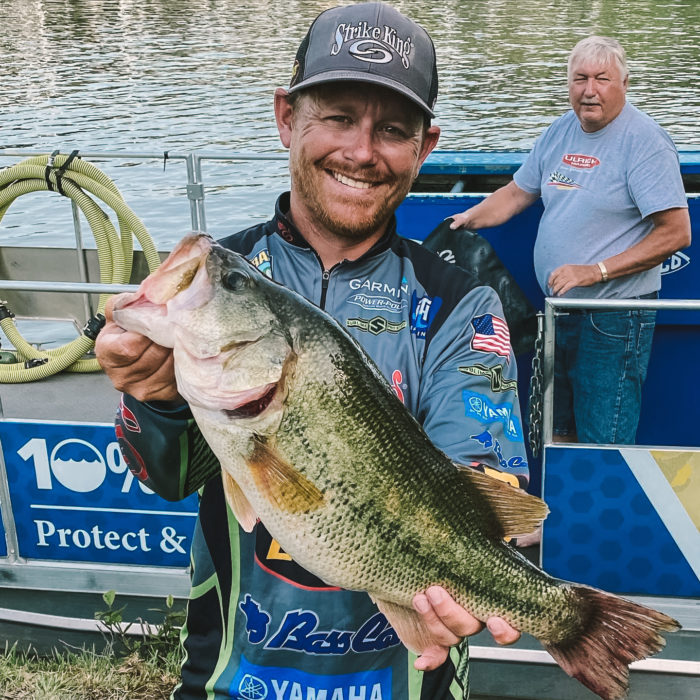

Andrew Buss
Andrew Buss resides with his family in the great state of Indiana. When he’s not fishing, creating YouTube videos or running the Hunter of Fish Bass Circuit, he poses as a school teacher. If you’d like to see more from the #hunteroffish check out his social media channels.
DID YOU ALSO SEE?
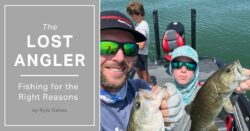
Fishing For The Right Reasons

Fishing as a Co-Angler: Benefits, Challenges, and Techniques
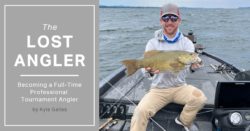

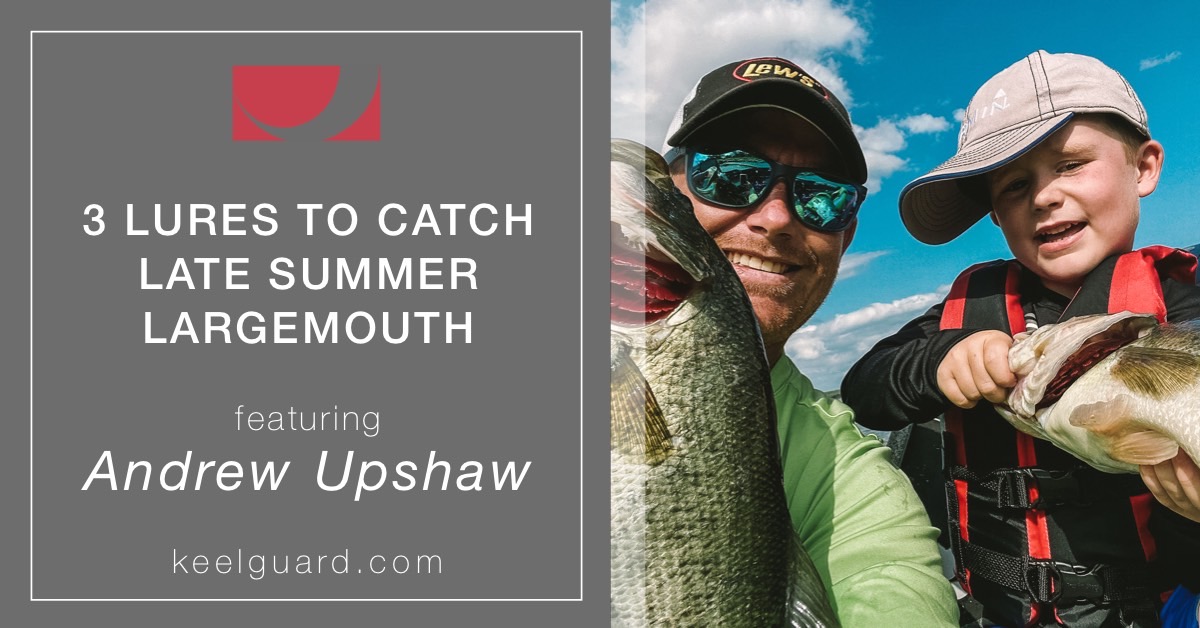
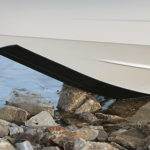
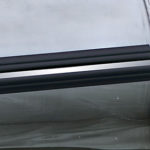
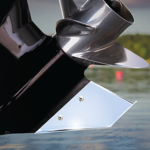

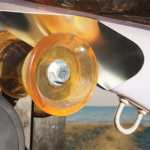
Comments